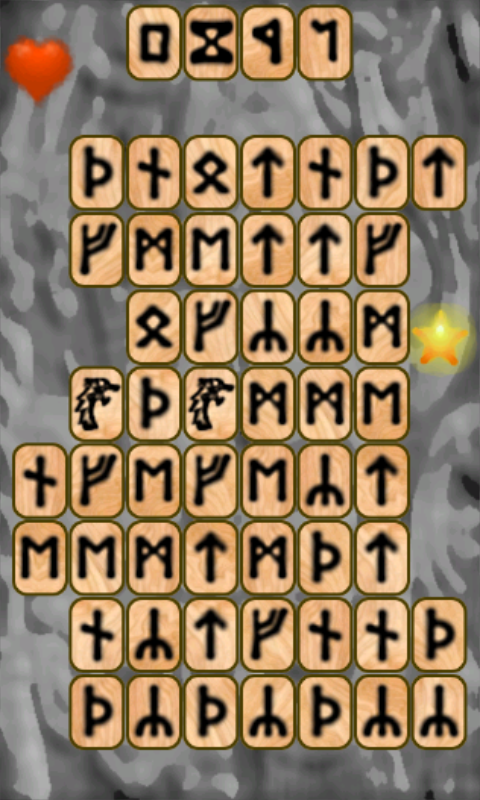I was teaching Android Game App development today. The session where I go through all of the code. The session as such went quite well IMHO.
Except, I “obviously” plugged my own games, as examples of game representations within a game. A student of mine downloaded BoB, and played it hanging about while waiting for a mate finishing asking me questions. To my surprise BoB crashed on him!
Apart from being only “slightly” embarrassing this was a great opportunity for a more in depth bug report. Not only had I observed him play a normal game, but also seen him finish, so I knew that the bug was in the transition between playing and finishing a game. So, I got him to file a bug report, and my was it interesting!
I can now locate the bug in the Scoreloop API, perhaps not surprising as the BoB game is using an old’ish version of the library, but nonetheless it is reassuring to know that the bug is related to failing to sending the highscore correctly, and not timing out, therefore not allowing the surfacedeletion to happen. This makes Android timeout, and that seemingly blows up everything within the system, as my code relies on the normal OS life cycle of an app. I must find a proper solution to this problem, but at least I now know the cause of the problem.
Oh, and btw, how we can teach Computer Science in a lecture hall with no adequate internet / 3g access is beyond me…




